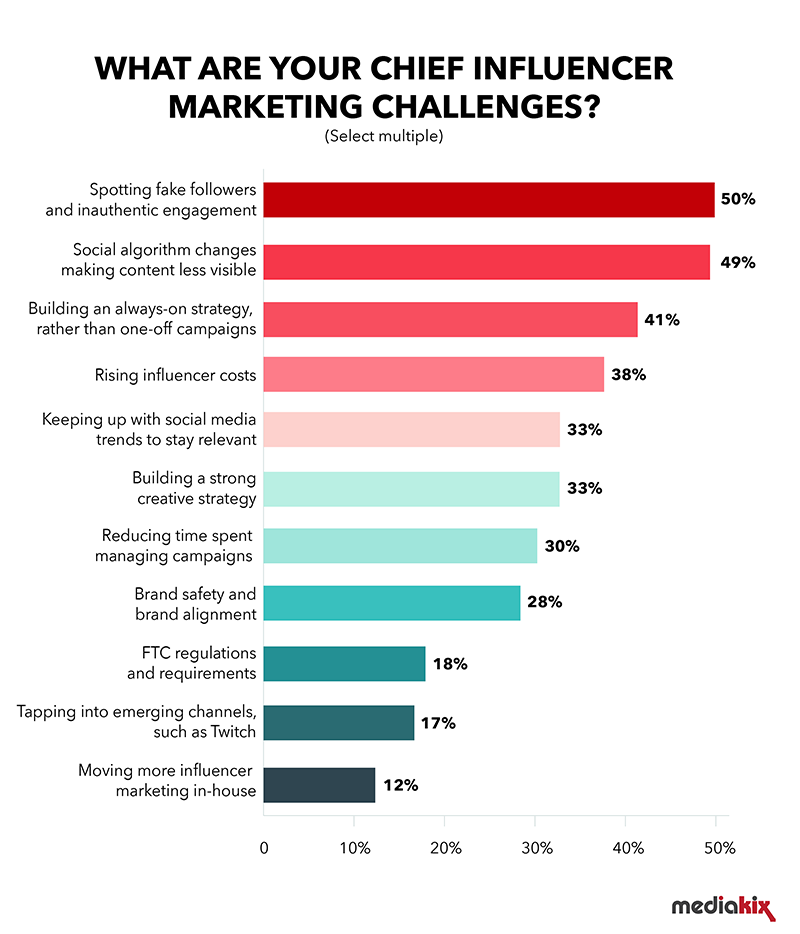
Content marketing is the act of creating, publishing, and distributing content. Content marketing serves many purposes. They include increasing brand authority, engagement, and conversions. The combination of content marketing and SEO can help increase search engine optimization, draw new customers, and maintain existing customers. Use content marketing correctly to increase your business' profits and brand reputation. Below are some examples of how you can use content marketing to your benefit. Start now and you will be amazed at the results.
Content marketing refers to the process of creating, sharing, sharing and publishing content.
Content marketing refers to the creation, sharing and planning of content for marketing purposes. Businesses can build trust and reputation by providing useful and informative content. Content marketing is a great way to increase conversion rates and get leads by providing valuable information. Content marketing has been around for centuries. While its methods may have changed over time, the formula to create great content is the same.
It is a service to your audience
Content marketing can be a powerful way to increase website traffic. Content marketing is a great way to increase your website's traffic. Content marketing can help you to build a following by converting people from strangers to customers and friends. Content marketing gives you the ability to track your success using performance metrics. These include page views (including social media engagement), time spent on your site and sales. Let's look at some of the ways content marketing can help you increase traffic to your site and grow your business.
It boosts engagement
One of the most effective ways to attract a large audience is through content marketing. It has many advantages and has been approved by more 72% of marketers. Content Marketing Institute says that content marketing improves engagement and leads. It is proven to increase website traffic and leads, as well as foster relationships. But it can be difficult for you to measure the ROI of your content marketing campaign. Here are some tips to help you create a content plan that works.
It generates leads
The content you create will bring the right traffic to it and allow your leads to convert to paying customers. If done right, content can drive inbound traffic, increase brand awareness, stimulate purchase interest, and generate inbound hyperlinks. Your audience's needs and wants can be addressed and you will generate leads. This will allow you to achieve a return of investment. Here are some content marketing ideas to generate more lead.
It builds trust and respect with your audience

It is crucial to trust your audience by using authentic language. While some people can be cynical, others are more likely to listen to you. You will gain trust and loyalty from your audience if you provide relevant, useful, and consistent content. Don't be pompous and don't try to answer all their questions. If your content is helpful to your audience, they will be more inclined to share it with others and recommend it.
It isn't just writing articles
Content marketing doesn't just involve writing articles. It also includes visual elements that enhance written content. Images make content easier to understand and break up long blocks of text. Writers will often use visuals to illustrate concepts or show examples. They can then track how well their content is performing. Your content can be improved continuously to increase its sales, readership, and conversions. Consider adding video to your visuals.
It doesn’t depend on social networking promotion
Social media is now an integral part of any content marketing strategy. While social media is an excellent way to connect with potential customers, it can't replace content. Content marketing involves creating valuable content online that can be shared and driving traffic. Content should be engaging for your audience, and it should include your products or services. If your content is useful, people will find value in it.
FAQ
What are the different content strategies?
Content strategy is an umbrella term used to describe all aspects of how you create, manage, distribute, measure, and optimize content for digital channels. Content strategy is not just about what you post to social media sites, such as Facebook or Twitter, but also the content you choose for your website, blog, or other online properties.
Content strategy is crucial because it determines where your focus should be, what content types to use, and how you communicate with your audience.
It's about understanding how content fits into the overall business goals and objectives to help you achieve them.
How long can I expect my content-marketing campaign to last?
It depends on the industry and what type of product or service is being offered.
One example is if your company sells shoes. You might spend one month designing a new model. For example, you might launch this new product in August and continue to update it throughout the year.
If you're selling clothing, you might design one look for fall and another for spring. You want to keep your customers interested by offering something new every day.
Your goals will determine how long your content marketing program can last. For small-scale businesses, you may only need to focus on one channel. If you are a larger company, it may be necessary to consider multiple channels in order to reach a large audience.
What is the best Content Marketing platform?
There are many platforms on the market today. Each platform has its pros, and each one has its cons. Here are a few popular options:
-
WordPress - It's easy to setup and maintain. An amazing community of users.
-
Wix – Setup and maintenance is much easier than WordPress You do not need to have any technical knowledge.
-
Squarespace – Best choice for those with a website.
-
Blogger - A free blogging service.
-
Medium - A place where writers can share their work.
-
Instagram - An image-based social media platform.
-
LinkedIn - A networking tool.
-
Facebook - A social networking site.
-
YouTube - Video sharing platform.
-
Pinterest – Image-based platform.
-
Google Analytics – Track visitor behaviors.
-
Hubspot - Email marketing software.
-
MailChimp – Email marketing software.
Statistics
- An example of an overarching goal could be: "In 2022, we want to achieve a 20% increase in revenue created by organic content and generate 15,000 MQLs with a budget of $30,000." (semrush.com)
- Forty-seven percent of buyers view 3 to 5 pieces of content before engaging with a sales representative. (mailchimp.com)
- According to the Content Marketing Institute, 70% of B2B marketers and 86% of B2C marketers surveyed use content marketing in some form or other. (criteo.com)
- In fact, would pay more for a better customer experience, and 86% of B2B buyers would pay more. (neilpatel.com)
- Seventy-two percent business to business (B2B) (mailchimp.com)
- Out of the 1,500 marketers we surveyed for our State of Content Marketing report, 78% who felt their content marketing strategy was exceptionally effective in 2021 had documented their strategy. (semrush.com)
- According to research compiled by Coschedule: Companies that publish 16+ blog posts a month get as much as 3.5x as much traffic as those that publish 0-4 posts a month. (criteo.com)
- Content marketing produces 3X more leads per dollar spent. Content marketing costs 62% less than traditional marketing. (criteo.com)
External Links
How To
How can you create a content marketing strategy for your business?
The first step is understanding what kind of content you want to create for your clients. Once you have this information, you can start creating content. This may involve creating an editorial schedule and planning where these pieces will come. Every piece of content should have a purpose. It doesn't really matter what content you're using, whether it's blog posts or social media updates. But they all should have a single purpose.
After you have decided what type of content you want, it is important to identify your target market. You need to know who your target market is and why they would be interested in what you offer.
After identifying your target market, next comes finding ways to communicate with them. You can connect with people through social media, but there are other options available, such as podcasts, videos, and webinars.
The next step after deciding how to communicate with your market is to decide what topics or types of content you want. Again, this goes back to determine why you're writing the content. What problem is it solving? Does it help? Do they think it will make their life easier?
Now that you know what kind of content you write, it's time to figure out what you want to say. Is it possible to share information related to your industry? On current events? On specific products and services? Your focus will be determined by the answer to this question.
After you've answered these questions, it's now time to combine all the pieces into one complete package.
It is important to make sure that each piece of content you create serves its intended purpose. You don't want to waste anyone's time and energy, so you must build quality into every aspect of your content.
Remember that great content marketing strategies have many moving parts.